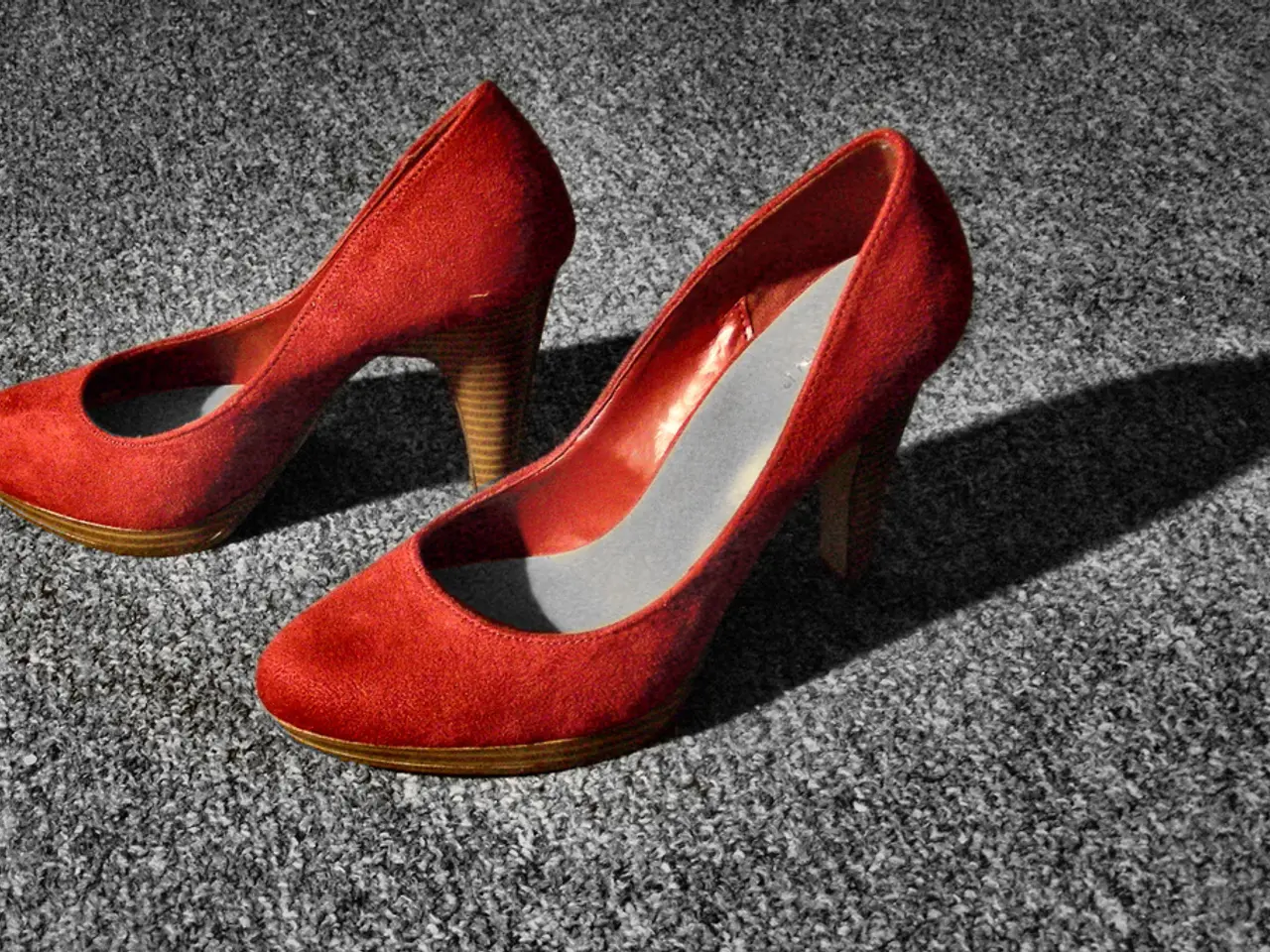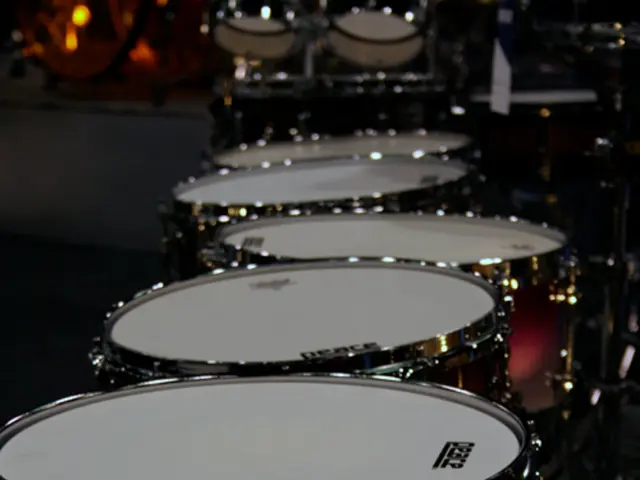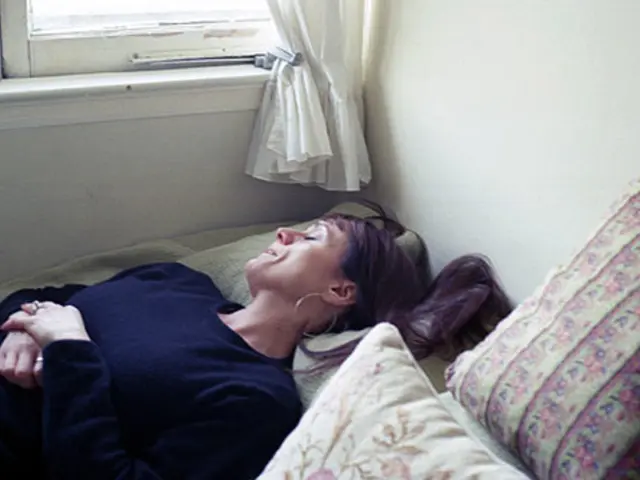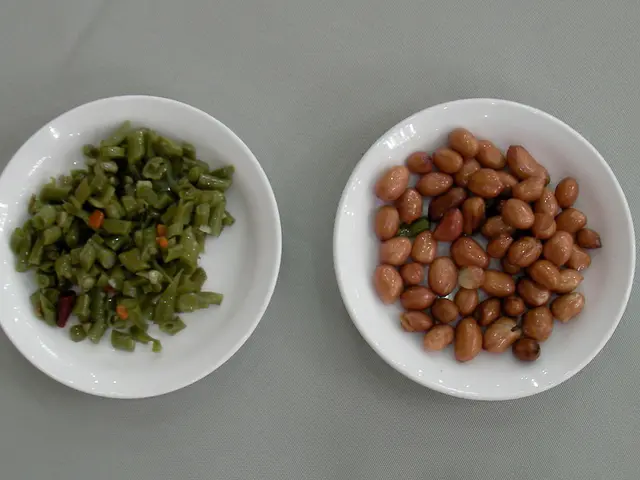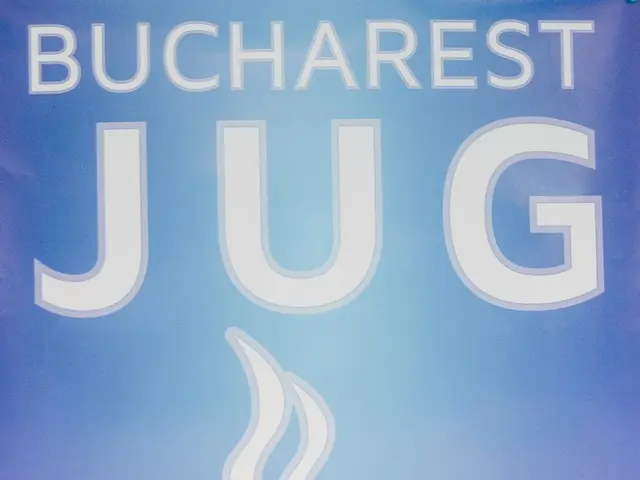Solutions for Toe Misalignment: Guidelines to Follow
When it comes to maintaining good foot health, it's essential to pay attention to the toes as well. Common toe deformities such as Hallux Valgus (Bunion), Schneider Bunion, hammertoe, and claw toe can cause discomfort and impact mobility. Here's a guide to understanding their causes and potential treatments.
Causes
Hallux Valgus (Bunion)
This condition occurs when the big toe deviates towards other toes at the metatarsophalangeal joint, forming a bony bump on the inner edge of the foot.
Schneider Bunion
Typically affecting the second or third toe, Schneider Bunion causes the toe to curl downward unnaturally, often due to structural and alignment issues.
Hammertoe and Claw Toe
These deformities are characterised by toes that are curved. Hammertoe is often caused by hereditary factors, tendon imbalances where the flexor tendon overpowers the extensor, or shoe-related factors. Claw toe can be caused by muscle imbalances, neurological conditions, or structural foot problems, often associated with rigid toe postures and pain.
Treatments
Conservative Options (for flexible deformities)
- Wearing roomier shoes with wide toe boxes to reduce pressure.
- Using custom orthotics to rebalance pressure and improve alignment.
- Toe splints, padding, or taping to help straighten toes and protect corns or calluses.
- Stretching exercises and physical therapy to improve flexibility and tendon balance.
- Padding to alleviate friction and reduce pain on affected areas.
Surgical Options (often for rigid deformities or when conservative measures fail)
- Hammertoe:
- Flexor tenotomy to release the flexor tendon and straighten the toe.
- Arthroplasty (partial joint removal) to straighten the toe without fusion, though there is a risk of recurrence.
- Arthrodesis (joint fusion) to permanently straighten the toe and reduce recurrence, involving pins and removal after several weeks.
- Tendon release or tendon transfers to correct imbalances.
- Bunions (Hallux Valgus) and Schneider Bunions: Surgical correction typically involves realigning the toe joint and removing the bony bump; specific techniques vary by severity but aim to relieve pain and improve function.
Early intervention with conservative treatments is preferred for deformities that are still flexible, while rigid or painful deformities often require surgery for substantial relief.
Preventive Measures
- Wear shoes that give the toes room to move but still provide support. Avoid tight and short shoes, as they can promote toe deformities over time.
- A grippy, non-slip sole and a stable heel counter are important for stability when running.
- Take a few minutes each day to stretch the toes and rotate the feet for foot flexibility and circulation.
- If there are nasty pressure points or overall pain on the toes, consult a podiatrist or foot specialist.
Accidents can also contribute to the development of toe deformities. Existing foot deformities like flat feet can impact the positioning of the toes. High heels can exacerbate problems related to toe deformities. If the complaints do not improve and the deformity is already advanced, surgery is often the only option. For hammer or claw toe, splints can also be used. The little toe can tilt towards the inner side of the foot, causing a Schneider Bunion, while the big toe can tilt towards the outer edge of the foot, causing a Hallux Valgus or Bunion. Genetic predisposition can influence how the toes are positioned.
Consulting a podiatrist or foot specialist allows for individualized treatment planning based on the type and severity of the deformity.
- Regular exercise and fitness regimens, including foot-focused stretches, can help improve foot health and reduce the risk of developing chronic toe deformities such as hammertoe and claw toe.
- Medical-conditions like Schneider Bunion can be managed through conservative treatments like wearing well-fitted, comfortable shoes or using custom orthotics, but severe cases may require surgery for proper correction.
- Incorporating science-backed health-and-wellness practices, such as maintaining a balanced diet and exercising regularly, can promote overall foot health and help prevent the onset of chronic diseases like diabetes, which may worsen foot issues like hallux valgus (bunion) and Schneider bunion.
